Home>Garden Essentials>How Often Should You Water Seeds After Planting
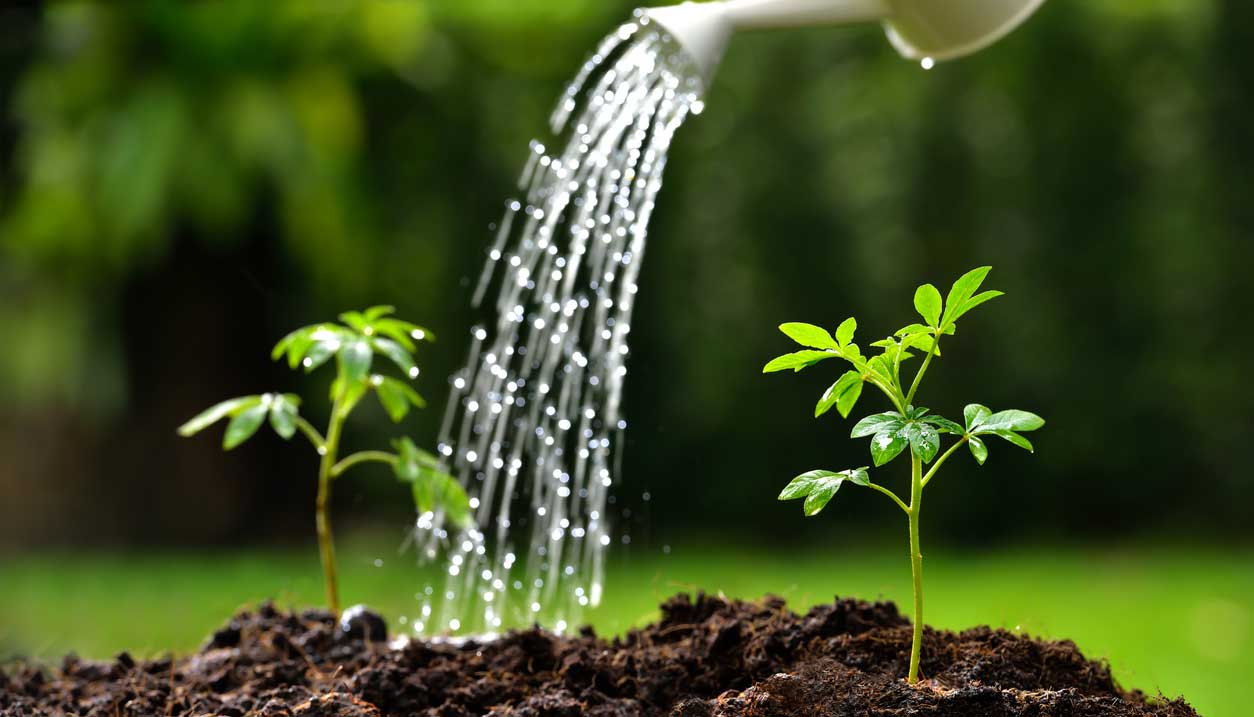

Garden Essentials
How Often Should You Water Seeds After Planting
Modified: March 24, 2024
Discover the best watering schedule for your garden seeds. Learn how often to water seeds after planting to ensure healthy growth and a thriving garden.
(Many of the links in this article redirect to a specific reviewed product. Your purchase of these products through affiliate links helps to generate commission for Storables.com, at no extra cost. Learn more)
Importance of Proper Watering for Seedlings
Proper watering is essential for the successful growth and development of seedlings. Water plays a vital role in seed germination, nutrient uptake, and overall plant health. Ensuring that seedlings receive adequate water at the right time is crucial for their survival and future productivity. Let’s delve into the reasons why proper watering is so important for seedlings.
1. Seed Germination: Water is the key factor in triggering the germination process. When seeds are provided with moisture, it signals to the embryo inside the seed to break its dormancy and start growing. Insufficient water can hinder germination, leading to poor seedling emergence or even seedling death.
2. Nutrient Uptake: Water acts as a carrier for essential nutrients that seedlings need for healthy growth. Through a process called osmosis, water transports these nutrients from the soil to the roots, allowing the seedlings to absorb them and use them for various metabolic processes.
3. Photosynthesis: Adequate water is necessary for optimal photosynthesis, the process by which plants convert sunlight into energy. Water is one of the main components required for photosynthesis. Without enough water, seedlings cannot produce enough carbohydrates to support their growth and development.
4. Cell Turgidity: Water is responsible for maintaining the turgidity or rigidity of plant cells. When seedlings receive enough water, their cells become plump and firm, providing structural support to the growing plant. Proper cell turgidity ensures that seedlings can stand upright and continue to grow without wilting or bending.
5. Temperature Regulation: Water has a cooling effect on plants by evaporating through their leaves in a process known as transpiration. This helps regulate the temperature of seedlings and prevents them from overheating. Insufficient water can lead to excessive transpiration, causing stress and potentially damaging the seedlings.
6. Disease Prevention: Overly dry or overly wet conditions can create favorable environments for fungal and bacterial diseases, which can harm seedlings. Proper watering not only provides the necessary hydration but also helps maintain a balanced moisture level that reduces the risk of diseases.
Proper watering of seedlings involves striking a balance between underwatering and overwatering. Understanding the factors that affect watering requirements for seeds is crucial in determining the right amount and frequency of watering. Stay tuned to learn more about these factors and how to adjust watering practices accordingly.
Key Takeaways:
- Proper watering is crucial for seed growth. Understand each seed’s specific needs, water at the base, and adjust watering based on environmental factors for healthy seedlings.
- Avoid common watering mistakes. Consistency, deep watering, and observing plant responses are key. Mulch to conserve moisture and be mindful of environmental conditions.
Read more: How Often To Water Seeds After Planting
Factors Affecting Watering Requirements for Seeds
When it comes to watering seeds, several factors come into play that influence their specific watering requirements. Understanding these factors is crucial in determining the optimal amount and frequency of watering for your seeds. Let’s explore some of the key factors that affect watering requirements for seeds.
1. Seed Type: Different types of seeds have different water requirements. Some seeds, like those of succulents or desert plants, have adapted to thrive in dry conditions and require less water. On the other hand, seeds of plants that naturally grow in moist environments may require more water. It’s important to consider the specific needs of the seeds you are planting.
2. Soil Type: The type and texture of the soil can greatly influence water retention and drainage. Sandy soils drain water quickly, requiring more frequent watering, while clay soils retain water for a longer time, necessitating less frequent watering. Understanding your soil type will help you determine the watering needs of your seeds.
3. Environmental Conditions: Factors such as temperature, humidity, and sunlight can impact the watering requirements of seeds. Hot and dry climates may require more frequent watering, while cool and humid conditions may require less. Additionally, seeds planted in full sun will generally need more water to compensate for increased evaporation.
4. Stage of Growth: The watering needs of seeds vary depending on their stage of growth. During the germination phase, seeds need consistent moisture to encourage proper sprouting and root development. As the seedlings grow, they require less frequent watering but still need adequate moisture to support their ongoing growth and development.
5. Planting Depth: The depth at which seeds are planted can affect their water requirements. Seeds planted closer to the surface may dry out more quickly and require more frequent watering. Those planted deeper may have better access to moisture and require less watering. Follow the specific planting instructions for each type of seed.
6. Container or Ground Planting: Whether you are planting seeds in containers or directly in the ground can influence watering requirements. Container plants tend to dry out faster as they have limited access to soil moisture. Therefore, they may require more frequent watering compared to seeds planted in the ground.
7. Season: The season in which you are planting seeds will impact their watering needs. For example, seeds planted in the hot summer months will need more water to compensate for increased evaporation. In contrast, seeds planted in cooler seasons such as spring or fall may require less frequent watering.
By considering these factors and monitoring the moisture levels of both the soil and seedlings, you can adjust your watering practices accordingly. In the next sections, we will discuss the specific watering needs of seeds during different stages of growth and how to properly water established seedlings.
Understanding Seed Watering Needs
Understanding the specific watering needs of seeds is crucial for their successful growth and development. Each stage of a seed’s life cycle requires different levels of moisture to ensure optimal germination and growth. Let’s explore the watering needs of seeds at different stages:
1. Germination Stage: During the germination stage, seeds require consistent moisture to initiate sprouting. Ensure that the soil is evenly moist but not overly saturated. It is important to keep the soil consistently moist but not waterlogged to prevent the seeds from rotting. Lightly misting the soil with water or covering it with a damp cloth can help maintain the required moisture levels.
2. Seedling Stage: As the seedlings start to grow, they still require consistent moisture, but less frequent watering. At this stage, the root system is developing, and the seedlings are establishing their presence in the soil. Monitor the moisture levels regularly and water when the top inch of soil feels dry. Water deeply and thoroughly, allowing the water to penetrate the soil and reach the roots.
3. Established Seedlings: Once the seedlings have established themselves, their watering needs may vary depending on the specific plant requirements and environmental conditions. Monitor the soil moisture regularly and adjust the watering frequency accordingly. It’s important to strike a balance between keeping the soil moist and avoiding waterlogging, which can lead to root rot.
4. Drought-Tolerant Seeds: Some seeds, particularly those from drought-tolerant plants, have adapted to survive in low water conditions. These seeds may require less frequent watering, but it is essential to provide enough moisture during the germination stage to ensure successful sprouting.
5. Rainfall and Irrigation: Take into account the amount of rainfall and the effectiveness of your irrigation system in providing water to your seeds. If you receive regular rainfall or have an efficient irrigation system in place, you may need to adjust your watering schedule accordingly by reducing the frequency or amount of supplemental watering.
It’s important to remember that overwatering is just as detrimental to seedlings as underwatering. Too much water can deprive the roots of oxygen and lead to root rot or fungal diseases. Monitoring the moisture levels of the soil and adjusting your watering practices accordingly will help ensure the healthy growth and development of your seeds.
In the next sections, we will discuss the initial watering process after planting seeds and the frequency of watering during the germination stage.
Initial Watering after Planting Seeds
The initial watering after planting seeds is a critical step in ensuring their successful germination and establishment. Properly hydrating the soil provides the necessary moisture for the seeds to begin the germination process. Here are some guidelines to follow for the initial watering after planting seeds:
1. Preparing the Soil: Before planting the seeds, prepare the soil by loosening it and removing any debris or weeds. This will create a favorable environment for seed germination and growth. Ensure that the soil is well-draining to prevent waterlogging and root rot.
2. Watering before Planting: Before planting the seeds, give the soil a thorough watering to ensure it is evenly moist. This will provide a good moisture base for the seeds to absorb when they are planted. This pre-watering also helps settle the soil and eliminates any air pockets that may hinder seed germination.
3. Planting the Seeds: Once the soil is adequately moistened, follow the recommended planting depth and spacing for each type of seed. Gently press the seeds into the soil, making sure they are in good contact with the moist soil. Avoid planting the seeds too deeply, as this can hinder their emergence from the soil.
4. Post-Planting Watering: After planting the seeds, give the soil another gentle watering to settle the seeds in place. Use a fine misting nozzle or a watering can with a rose attachment to avoid disturbing the seeds. The goal is to moisten the top layer of soil without causing runoff or displacement of the seeds.
5. Soil Moisture: Throughout the germination process, it is essential to keep the soil consistently moist but not waterlogged. Check the moisture levels regularly by inserting your finger about an inch into the soil. If it feels dry at that depth, it’s time to water. Avoid letting the soil completely dry out, as this can disrupt seed germination.
6. Mulching: Consider applying a thin layer of organic mulch such as straw or shredded leaves after the initial watering. Mulching helps retain soil moisture, regulates soil temperature, and prevents weed growth. Be sure to keep the mulch away from the base of the seedlings to avoid trapping excess moisture and causing stem rot.
Remember, the initial watering after planting seeds sets the stage for successful germination. Providing the right amount of moisture will help kickstart the germination process and support the growth of healthy seedlings. In the next section, we will discuss the frequency of watering during the germination stage.
Frequency of Watering During Germination
The germination stage is a critical period for seeds, as they begin their journey towards becoming thriving seedlings. During this stage, it is crucial to ensure that the seeds receive adequate moisture for successful sprouting and root development. The frequency of watering during germination will depend on several factors, including the type of seeds, the soil type, and the environmental conditions. Here are some guidelines to help you determine the frequency of watering during the germination stage:
1. Moisture Retention: During germination, it is important to maintain consistent moisture in the soil to provide the necessary hydration for the seeds. The top layer of soil should be kept evenly moist but not saturated. The goal is to mimic the optimal conditions for seed germination, allowing the seeds to imbibe water and activate the germination process.
2. Daily Monitoring: It is vital to monitor the moisture levels of the soil daily during the germination stage. Check the top inch of soil using your finger or a moisture meter to assess if it feels dry. If the soil feels dry to the touch, it’s time to water. Consistency is key, so aim to provide a steady level of moisture without overwatering.
3. Gentle Watering: When watering during germination, be gentle to avoid disturbing the seeds. Use a fine misting nozzle or a watering can with a rose attachment to disperse a gentle shower of water. This ensures that the seeds receive adequate moisture without being displaced or damaged.
4. Avoid Waterlogging: While it is important to keep the soil moist, it is equally important to avoid overwatering and creating waterlogged conditions. Excess water can lead to inadequate oxygen levels in the soil, potentially causing the seeds to rot or develop fungal diseases. Carefully monitor the moisture levels to strike the right balance.
5. Adjust for Environmental Conditions: Environmental factors such as temperature, humidity, and sunlight can influence the rate of evaporation and the watering requirements during germination. In hot and dry conditions, the soil may dry out faster, requiring more frequent watering. Conversely, in cool or humid conditions, less frequent watering may be necessary.
6. Hydrating Seeds on the Surface: Seeds that are planted closer to the soil surface may dry out more quickly and require more frequent watering. Be mindful of these seeds and ensure that they receive adequate moisture to facilitate germination.
Remember that each seed type and environmental condition may require adjustments in watering frequency. It is essential to observe the moisture needs of the germinating seeds and adjust your watering schedule accordingly to provide optimal conditions for successful sprouting. In the next section, we will discuss watering techniques for established seedlings.
Read more: How Often Should You Water Seeds
Watering Established Seedlings
Once seedlings have established their root systems and are actively growing, their watering needs may change compared to the germination stage. Providing the right amount and frequency of water is crucial to support the continued growth and development of your seedlings. Here are some guidelines for watering established seedlings:
1. Monitor Soil Moisture: Regularly monitor the moisture levels of the soil around the seedlings. Insert your finger into the soil, about an inch deep, to check if it feels dry. If the soil feels dry at that depth, it’s time to water. Remember to assess the moisture level at different times of the day, as it can vary depending on environmental conditions.
2. Deep and Infrequent Watering: When watering established seedlings, it’s best to water deeply and infrequently. This encourages the roots to grow deeper, making plants more resilient to drought conditions. Water the plants at the base, aiming for a slow, thorough soaking of the soil. Avoid overhead watering, as this can lead to diseases and waste water.
3. Water in the Morning: Watering in the early morning is ideal, as it allows the plants to take up the moisture they need before the heat of the day increases evaporation. Watering in the evening can leave the plants damp overnight, increasing the risk of fungal diseases. Additionally, watering during the cooler morning hours minimizes water loss due to evaporation.
4. Mulching: Apply a layer of organic mulch around the base of the seedlings, leaving a small gap around the stem to prevent moisture from collecting and causing stem rot. Mulch helps retain soil moisture, regulates soil temperature, and suppresses weed growth. Utilizing mulch can reduce the frequency of watering while providing a more stable growing environment for the seedlings.
5. Adjust for Environmental Conditions: Consider the environmental conditions when determining the watering needs of your seedlings. Factors such as temperature, humidity, wind, and sun exposure can affect the rate of evaporation and the water requirements of the plants. Hot and dry weather may necessitate more frequent watering, while cool and humid conditions may require less.
6. Avoid Overwatering: Overwatering can be just as detrimental to established seedlings as underwatering. It can lead to shallow root growth, nutrient leaching, and increased susceptibility to diseases. Be cautious not to saturate the soil excessively, as this can drown the roots and lead to root rot. Allow the soil to partially dry out between watering sessions.
7. Observe Plant Health: Pay attention to the overall health and appearance of your seedlings. Wilting, yellowing, or stunted growth can be signs of both overwatering and underwatering. Adjust your watering practices accordingly if you notice any signs of stress in the plants. Remember that different plant species have varying water requirements, so familiarize yourself with the specific needs of your seedlings.
By following these guidelines and adapting your watering practices to the specific needs of your seedlings, you can ensure their continued growth and success. Providing the right amount of water at the right time promotes healthy root development and supports the overall vigor of the plants. In the next section, we will discuss how environmental conditions can influence watering requirements for seeds.
Water seeds immediately after planting to keep the soil consistently moist, but not waterlogged. Check the soil daily and water when the top inch feels dry. Adjust based on the specific needs of the plant.
Response to Environmental Conditions
Seedlings are highly sensitive to environmental conditions, including temperature, humidity, sunlight, and wind. These factors can greatly influence their growth, development, and water requirements. Understanding how seedlings respond to different environmental conditions is essential for providing optimal care. Let’s explore the response of seedlings to various environmental factors:
1. Temperature: Seedlings have specific temperature preferences for optimal growth. Most seedlings thrive in moderate temperatures between 60°F and 75°F (15°C and 24°C). If the temperature exceeds this range, the seedlings may experience stress and require more frequent watering to stay hydrated. In hotter temperatures, the soil can dry out quickly, increasing the need for more frequent watering. Conversely, in cooler temperatures, the watering frequency may decrease as the rate of evaporation decreases.
2. Humidity: Humidity plays a significant role in shaping the watering needs of seedlings. In dry and arid climates with low humidity levels, seedlings may need more frequent watering to compensate for increased evaporation. On the other hand, in regions with high humidity levels, the soil may retain moisture for a longer time, requiring less frequent watering. Monitoring the moisture levels of the soil and adjusting watering accordingly will help meet the specific needs of the seedlings.
3. Sunlight Exposure: The amount of sunlight seedlings receive has a direct impact on their water requirements. Seedlings planted in full sun may require more frequent watering as the increased sunlight and heat can cause the soil to dry out faster. In contrast, seedlings planted in more shaded areas or during cloudy weather may require less frequent watering as the soil retains moisture for a longer time. Observing the soil moisture and adjusting watering based on sunlight exposure will help ensure healthy growth.
4. Wind: Wind can significantly affect the water requirements of seedlings. Strong winds can increase the rate of evaporation from the soil and accelerate water loss from the seedlings through transpiration. As a result, seedlings exposed to windy conditions may require more frequent watering to prevent dehydration. Providing windbreaks or placing seedlings in sheltered areas can help minimize water loss and reduce the need for excessive watering.
5. Seasonal Changes: Seasonal changes can also impact the watering needs of seedlings. During hot summer months, increased evaporation rates may necessitate more frequent watering. In contrast, milder seasons like spring and fall may require less watering due to cooler temperatures and reduced transpiration rates. As the seasons change, it is important to adjust the watering frequency to meet the changing needs of the seedlings.
6. Planting Location: The location where seedlings are planted can also influence their response to environmental conditions. For example, seedlings planted in raised beds or containers may require more frequent watering as these planting methods can result in faster soil drying. Conversely, seedlings planted in well-amended, water-retentive soils may require less frequent watering as the soil retains moisture for a longer time.
By understanding how environmental conditions affect seedlings, you can make informed decisions about when and how much to water. Monitoring soil moisture levels, observed plant behavior, and adjusting watering practices accordingly will help ensure the health and vitality of your seedlings. In the next section, we will discuss the signs of overwatering and underwatering seedlings.
Signs of Overwatering or Underwatering Seeds
Proper watering is crucial for the health and development of seeds. Both overwatering and underwatering can have detrimental effects on seedlings, so it’s important to be able to identify the signs of these conditions. Here are some common signs of overwatering or underwatering seeds:
Signs of Overwatering:
- Yellowing or wilting leaves, especially if the upper leaves are affected first
- Root rot or a foul odor emanating from the soil
- Mold or fungus growth on the soil surface
- Stunted growth or failure to thrive
- Leaves that appear translucent or “waterlogged”
- Soft or mushy stems
- Excessive leaf drop or leaf yellowing
Overwatering can lead to waterlogged soil, which deprives the roots of oxygen and promotes the growth of harmful pathogens. The excess moisture in the soil can cause root rot and hinder the seedlings’ ability to take up nutrients effectively.
Signs of Underwatering:
- Wilting or drooping leaves, which may be dry to the touch
- Yellowing leaves, typically starting from the bottom
- Dry and crumbly soil
- Slow or stunted growth
- Leaves that appear dry and brittle
- Persistent wilting, even after watering
Underwatering deprives plants of the necessary moisture they need to carry out essential functions like photosynthesis and nutrient uptake. The lack of water can cause stress and lead to the wilting and yellowing of leaves.
To determine whether your seedlings are being overwatered or underwatered, it’s important to regularly assess the moisture levels of the soil and the overall health of the plants. Check the moisture levels by inserting your finger about an inch into the soil. If it feels excessively wet or waterlogged, you might be overwatering. If it feels dry or crumbly, it’s an indication of underwatering.
It’s important to note that the signs of overwatering and underwatering can be similar, so it’s essential to pay attention to other factors such as the appearance of the leaves, soil condition, and overall growth of the seedlings. Adjust your watering practices accordingly to maintain the right level of moisture for healthy seedling development.
In the next section, we will discuss how to adjust watering frequency as seeds grow into seedlings.
Adjusting Watering Frequency as Seeds Grow
As seeds grow into seedlings, their watering needs change. It’s important to adjust the watering frequency to support their evolving root systems and growth stages. Here are some considerations to keep in mind when adjusting watering frequency as seeds grow:
1. Development of Roots: As seedlings grow, their root systems become more established and can access water from deeper layers of the soil. This allows them to tolerate slightly drier conditions between waterings. Gradually reduce the frequency of watering, allowing the soil to partially dry out before watering again. This encourages the seedlings to develop stronger and deeper root systems.
2. Observe Soil Moisture: Monitor the moisture levels of the soil regularly by checking the top inch or two of soil. If the soil feels dry at that depth, it’s a sign that the seedlings may need watering. Remember that different plants have varying water requirements, so it’s important to observe the specific needs of your seedlings and adjust watering accordingly.
3. Water Deeply: When watering established seedlings, it’s important to water deeply. This encourages the roots to grow deeper into the soil, making the seedlings more resilient to drought conditions. However, exercise caution to avoid waterlogging the soil, as excessive water can suffocate the roots and lead to root rot.
4. Weather Conditions: Take into account the weather conditions when adjusting watering frequency. During hot and dry periods, seedlings may require more frequent watering due to increased evaporation and moisture loss. In contrast, during cooler and more humid periods, seedlings may need less frequent watering as the soil retains moisture for longer periods.
5. Balance Moisture Levels: Aim for a balance between keeping the soil consistently moist and avoiding waterlogged conditions. Too much water can deprive the roots of oxygen and lead to root rot. On the other hand, allowing the soil to dry out completely can stress the seedlings and hinder their growth. Strike a balance by providing regular but measured waterings.
6. Adjust for Plant Types: Different plant types have different water requirements. Some species may prefer slightly drier conditions, while others require more consistent moisture. Research the specific water needs of the plants you are growing and adjust the watering frequency accordingly.
7. Mulching: Applying a layer of organic mulch around the base of your seedlings can help regulate soil moisture and reduce the need for frequent watering. Mulch helps retain moisture, prevents weed growth, and moderates soil temperature. Ensure that the mulch is kept away from the stem to prevent excess moisture from causing stem rot.
As seeds grow into seedlings, their watering needs evolve. By adjusting the watering frequency to meet their changing needs and observing the moisture levels of the soil, you can support the healthy growth and development of your seedlings. In the next section, we will explore some watering techniques to optimize seed growth.
Read more: How Often Should You Water Lavender Seeds
Watering Techniques for Optimal Seed Growth
Proper watering techniques are essential for optimal seed growth and development. By using the right watering methods, you can ensure that your seeds receive the adequate moisture they need to germinate, establish roots, and grow into healthy seedlings. Here are some watering techniques to help maximize seed growth:
1. Water at the Base: When watering seeds, it is best to focus on watering at the base of the plants. Direct the water towards the soil and root zone rather than watering the foliage. This helps the moisture reach the roots efficiently, where it is needed most.
2. Use a Watering Can or Hose: To have better control over the water flow, use a watering can or a hose with a gentle spray attachment. This allows for a more targeted and controlled watering, minimizing the risk of excess water splashing onto the leaves or neighboring plants.
3. Apply Water Slowly: Avoid applying water too quickly or forcefully, as it can lead to soil erosion and create gaps or channels in the soil. Instead, apply water slowly and evenly to allow it to penetrate the soil and reach the roots without running off.
4. Water Deeply: When watering, aim for deep saturation of the soil. This encourages the roots to grow deeper, making the plants more resistant to drought conditions. Water until the soil is evenly moist at least 4 to 6 inches below the surface.
5. Water Consistently: Consistency is key when it comes to watering seeds. Maintain a regular watering schedule to keep the soil moisture levels consistent. Avoid fluctuations between dry and overly wet conditions, as it can stress the seeds and hinder their growth. Uniform water availability helps promote healthy root development and overall plant vigor.
6. Avoid Overwatering: Overwatering can be detrimental to seed growth, leading to oxygen deprivation in the root zone and promoting the growth of fungi and disease. Allow the soil to partially dry out between watering sessions to prevent waterlogged conditions.
7. Time Your Watering: Watering in the early morning is generally recommended as it allows the plants to absorb the moisture they need before the heat of the day. Watering in the evening may leave the foliage damp overnight, creating an environment conducive to fungal growth. However, if morning watering isn’t possible, aim for a time when the plants have enough time to dry before nightfall.
8. Monitor Soil Moisture: Regularly assess the moisture levels of the soil to ensure that it is not too dry or overly moist. Use your finger or a moisture meter to check the soil’s moisture content. Adjust the watering frequency based on the specific needs of your seeds and the environmental conditions.
9. Consider Drip Irrigation: Drip irrigation systems can be beneficial for watering seeds, especially in larger garden areas. This method provides a slow and targeted application of water directly to the soil, reducing water loss through evaporation and ensuring efficient water delivery to the root zone.
10. Mulching: Apply a layer of organic mulch around the base of the plants to help conserve moisture in the soil. Mulch acts as a barrier, reducing water evaporation and suppressing weed growth. It also helps maintain more stable soil temperatures and prevents moisture fluctuations.
By implementing these watering techniques, you can provide the optimal moisture conditions necessary for seed growth. Consistent and appropriate watering practices will support the healthy development of seeds into strong and vibrant seedlings. In the next section, we will discuss common watering mistakes to avoid when caring for seeds.
Common Mistakes to Avoid while Watering Seeds
Proper watering is crucial for the success of seeds, but there are common mistakes that can hinder their growth and even lead to their demise. By being aware of these mistakes, you can avoid them and provide the best possible care for your seeds. Here are some common watering mistakes to avoid:
1. Overwatering: One of the most common mistakes is overwatering seeds. While seeds need moisture to germinate and grow, excessive watering can lead to waterlogged soil, suffocating the roots and promoting root rot. Avoid the temptation to water too frequently or provide more water than necessary.
2. Underwatering: On the other hand, underwatering is equally detrimental to seed growth. Insufficient water can lead to seedlings drying out and wilting, inhibiting their ability to establish healthy root systems. It’s essential to provide consistent and adequate moisture to support their growth.
3. Inconsistent Watering: Inconsistent watering can cause stress to seedlings and hinder their development. Fluctuations between dry and wet conditions can disrupt their ability to take up water and nutrients effectively. Establish a regular watering schedule to maintain consistent soil moisture levels.
4. Poor Drainage: Seeds need well-draining soil to thrive. Poor drainage can cause water to pool around the seeds, leading to waterlogging and root rot. Ensure that your planting area has proper drainage or consider amending the soil with organic matter or perlite to improve drainage.
5. Watering from Above: Watering the foliage or using sprinklers can lead to water waste and promote the spread of fungal diseases. Instead, focus on watering at the base of the plants, targeting the soil and roots directly. This ensures that the water reaches the areas where it is needed most.
6. Overhead Watering during Rain: Avoid unnecessary watering during periods of rainfall. Overhead watering during rain can lead to excessive moisture and waterlogging. Monitor the rainfall and adjust your watering accordingly to avoid overwatering the seeds.
7. Ignoring Environmental Conditions: Environmental conditions, such as temperature, humidity, and sunlight, directly impact the watering needs of seeds. Ignoring these factors can result in inadequate or excessive watering. Adjust your watering practices based on the specific environmental conditions and the needs of your seeds.
8. Neglecting to Mulch: Mulching is an important practice that helps conserve moisture and suppress weed growth. Neglecting to mulch can result in moisture loss through evaporation and increased competition from weeds for water and nutrients. Apply a layer of organic mulch around the base of the plants, leaving a small gap around the stem to prevent excess moisture accumulation.
9. Using Cold Water: Avoid using cold water directly from the tap, especially during cooler weather. Cold water can shock the seedlings and hinder their growth. Allow the water to reach room temperature before watering your seeds.
10. Not Observing Plant Responses: Pay attention to the signs of overwatering or underwatering, such as wilted leaves, yellowing, or stunted growth. By observing the responses of your plants, you can adjust your watering practices accordingly to meet their specific needs.
Avoiding these common watering mistakes will help ensure the healthy growth and development of your seeds. By providing appropriate amounts of water, monitoring soil moisture levels, and adjusting watering practices when needed, you can set your seeds up for success. In the next section, we will conclude with some best practices for watering seeds.
Conclusion: Best Practices for Watering Seeds
Proper watering is vital for the successful growth of seeds. By following some best practices, you can provide the ideal moisture conditions for seed germination, establishment, and overall plant health. Here are some key guidelines to keep in mind:
1. Understand Watering Needs: Different seeds have varying watering requirements. Research and understand the specific needs of the seeds you are planting, taking into account factors such as seed type, soil type, and environmental conditions.
2. Prepare the Soil: Before planting seeds, ensure the soil is well-prepared, free of debris, and has good drainage. Well-prepared soil will provide an optimal environment for seed germination and root development.
3. Initial Watering: Give the soil a thorough watering before planting the seeds to ensure it is evenly moist. This pre-watering helps set the stage for successful germination.
4. Monitor Soil Moisture: Regularly check the moisture levels of the soil, about an inch deep. Adjust the watering frequency based on the moisture content, ensuring the soil remains consistently moist but not waterlogged.
5. Water at the Base: Direct the water towards the soil and root zone, watering at the base of the plants. This ensures that the water reaches the roots where it is needed most, instead of splashing on leaves or nearby foliage.
6. Water Deeply and Infrequently: Water deeply to encourage the growth of deep and robust root systems. However, avoid overwatering and waterlogging the soil. Allow the soil to partially dry out between waterings to prevent the risk of root rot.
7. Consider Environmental Factors: Take into account the environmental conditions such as temperature, humidity, sunlight exposure, and wind when determining the watering needs of your seeds. Adjust your watering practices accordingly to meet their specific requirements.
8. Mulch to Conserve Moisture: Apply a layer of organic mulch around the base of the plants to conserve soil moisture, regulate temperature, suppress weed growth, and reduce evaporation.
9. Observe Plant Responses: Pay attention to the signs of overwatering or underwatering, including leaf wilting, yellowing, or stunted growth. Adjust your watering practices based on the plant’s responses to ensure optimal moisture levels.
10. Be Consistent: Establish a regular watering schedule to maintain consistent soil moisture levels. Consistency is key to providing the proper moisture conditions for seedlings’ growth and development.
By following these best practices, you can ensure that your seeds receive the right amount of water at the right time. Proper watering techniques play a crucial role in nurturing healthy seedlings and laying the foundation for strong, thriving plants. Remember to adjust your watering practices as the seeds grow into seedlings and to monitor the moisture levels regularly. With care and attention, your seeds will have the best chance of successful growth and development.
Frequently Asked Questions about How Often Should You Water Seeds After Planting
Was this page helpful?
At Storables.com, we guarantee accurate and reliable information. Our content, validated by Expert Board Contributors, is crafted following stringent Editorial Policies. We're committed to providing you with well-researched, expert-backed insights for all your informational needs.
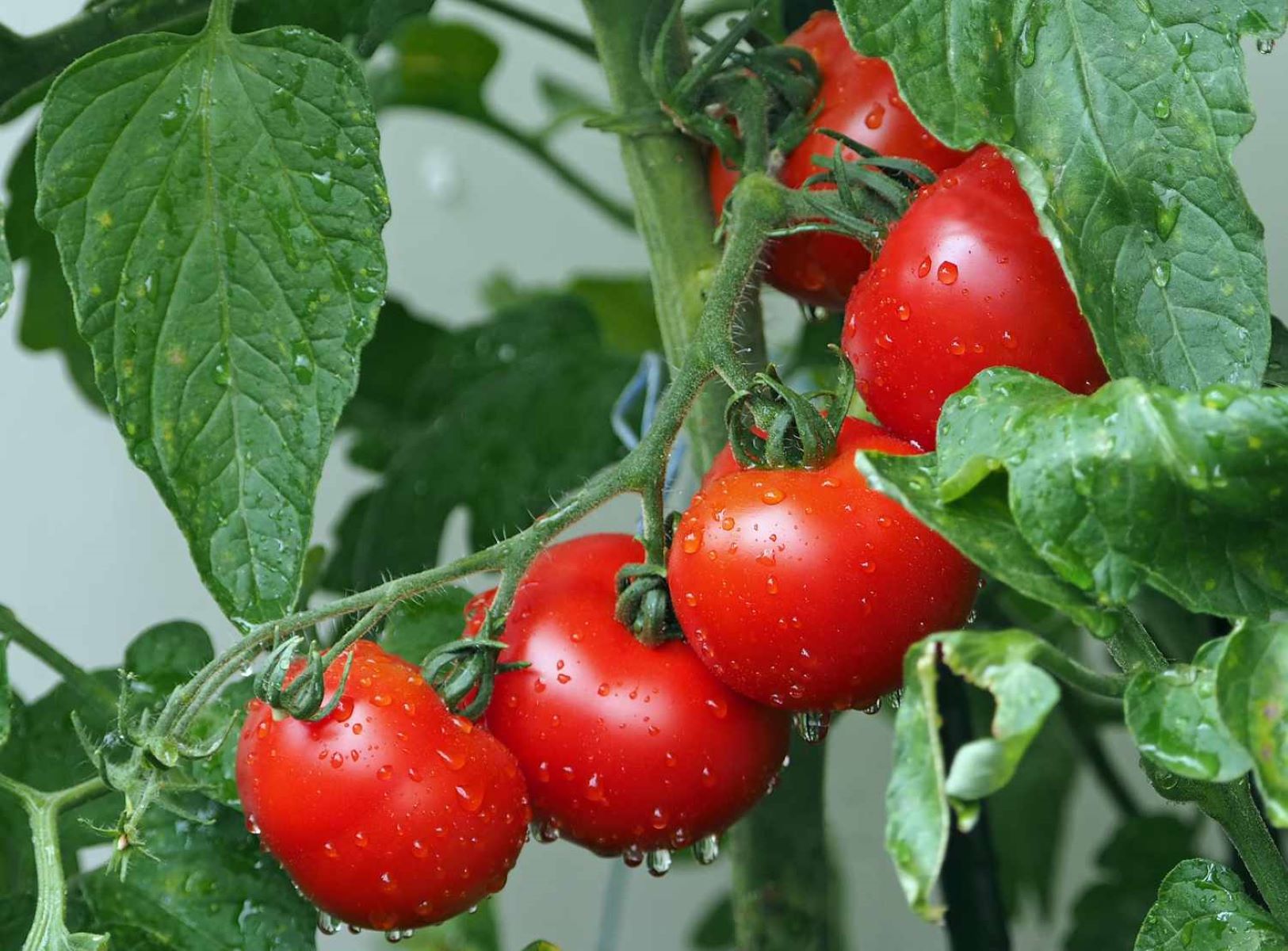
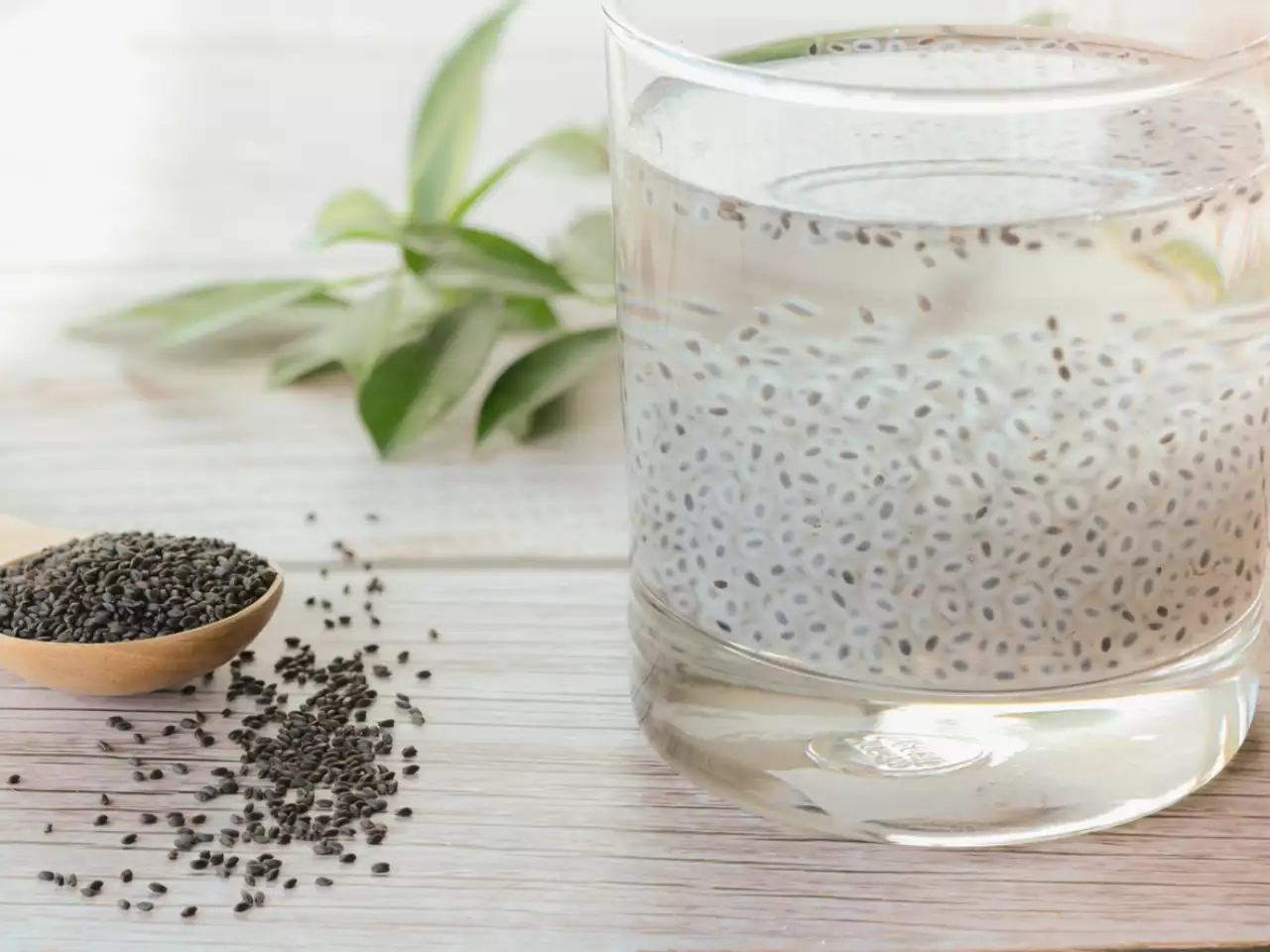
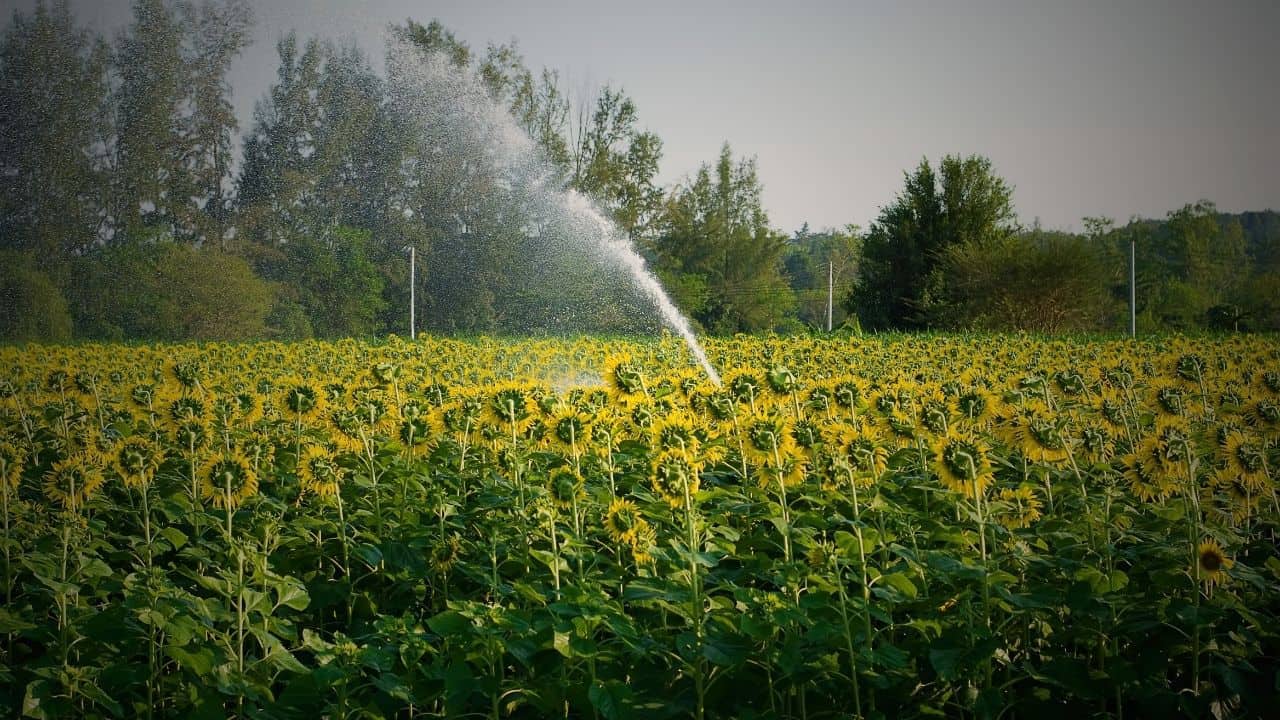
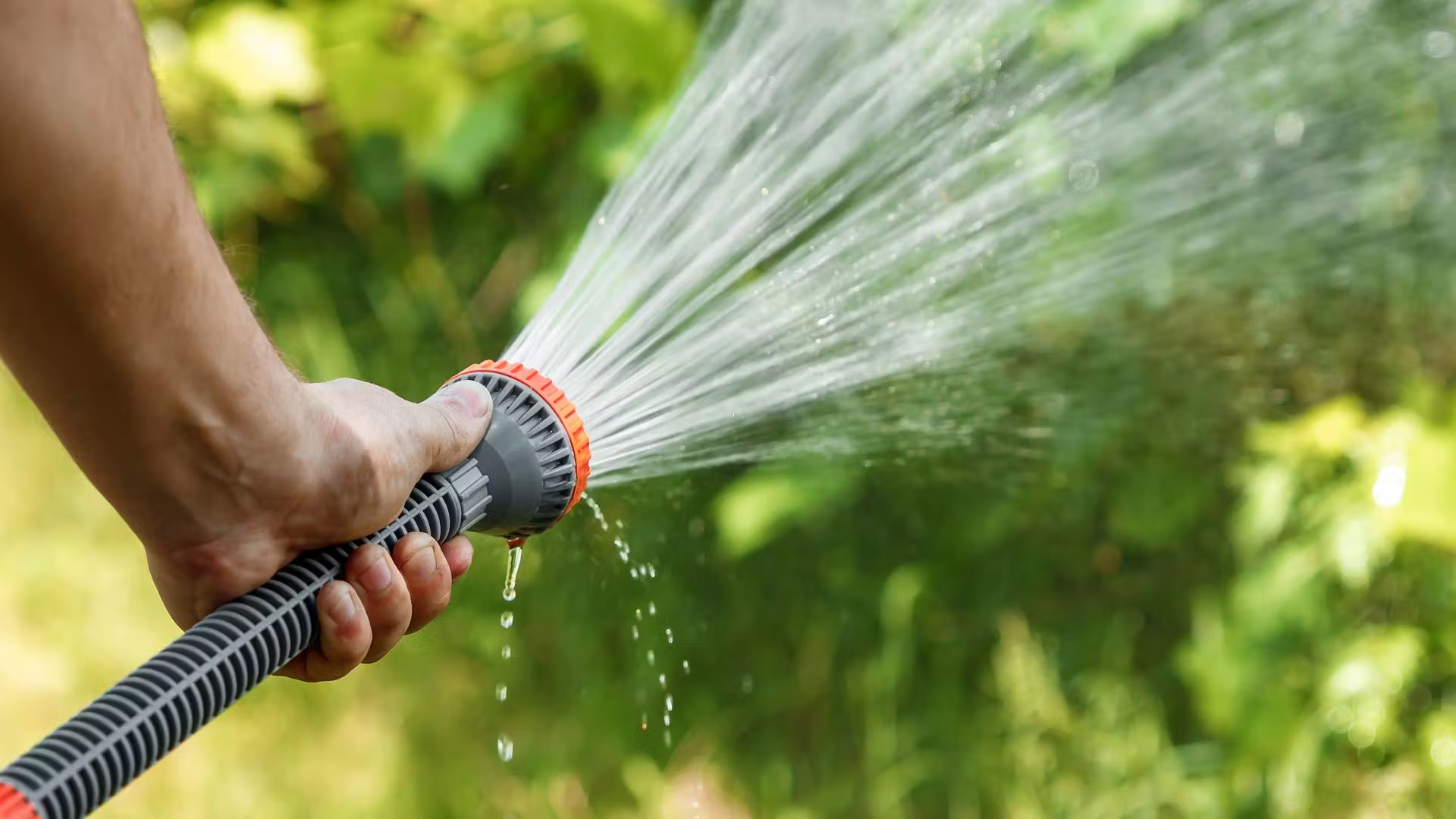
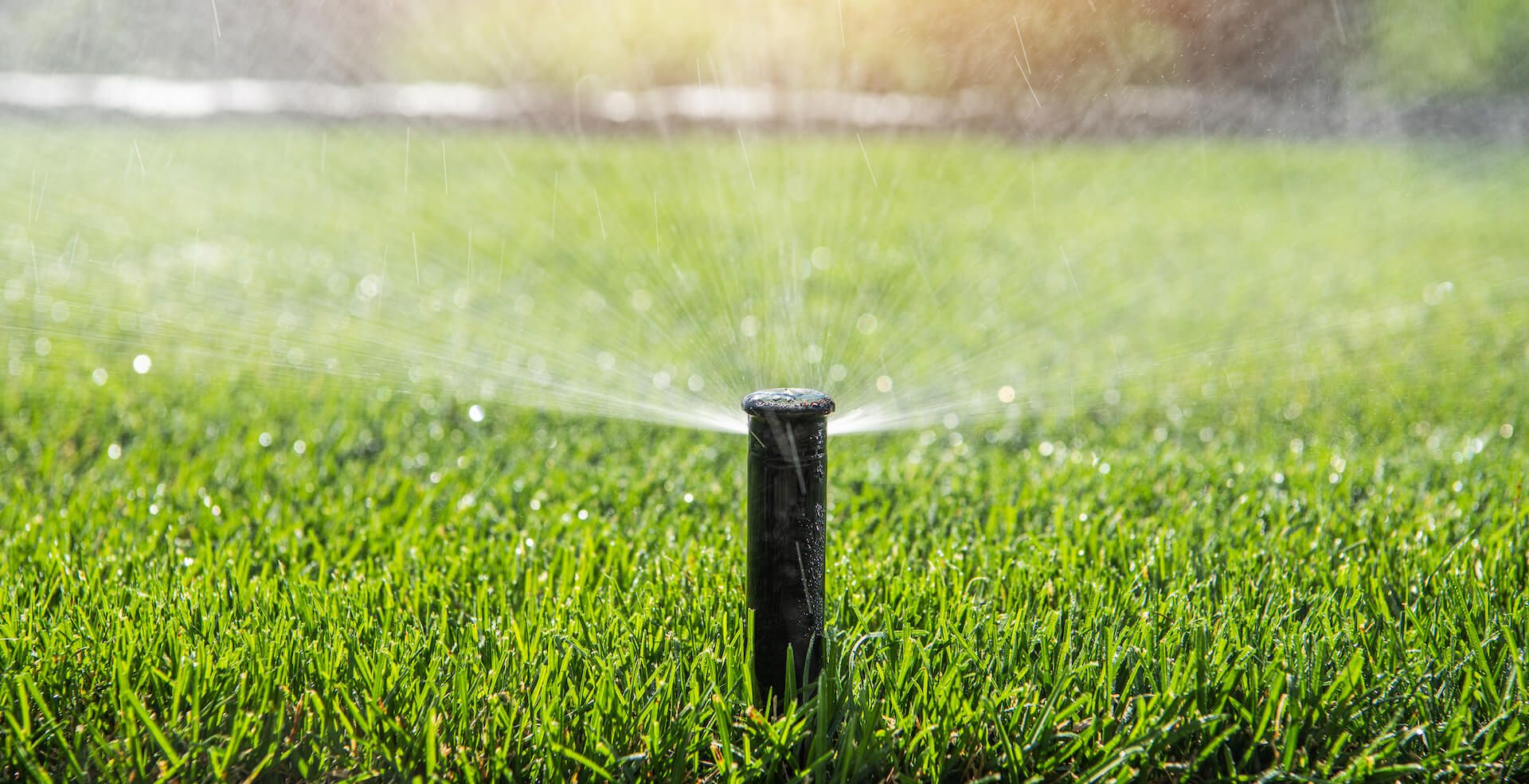
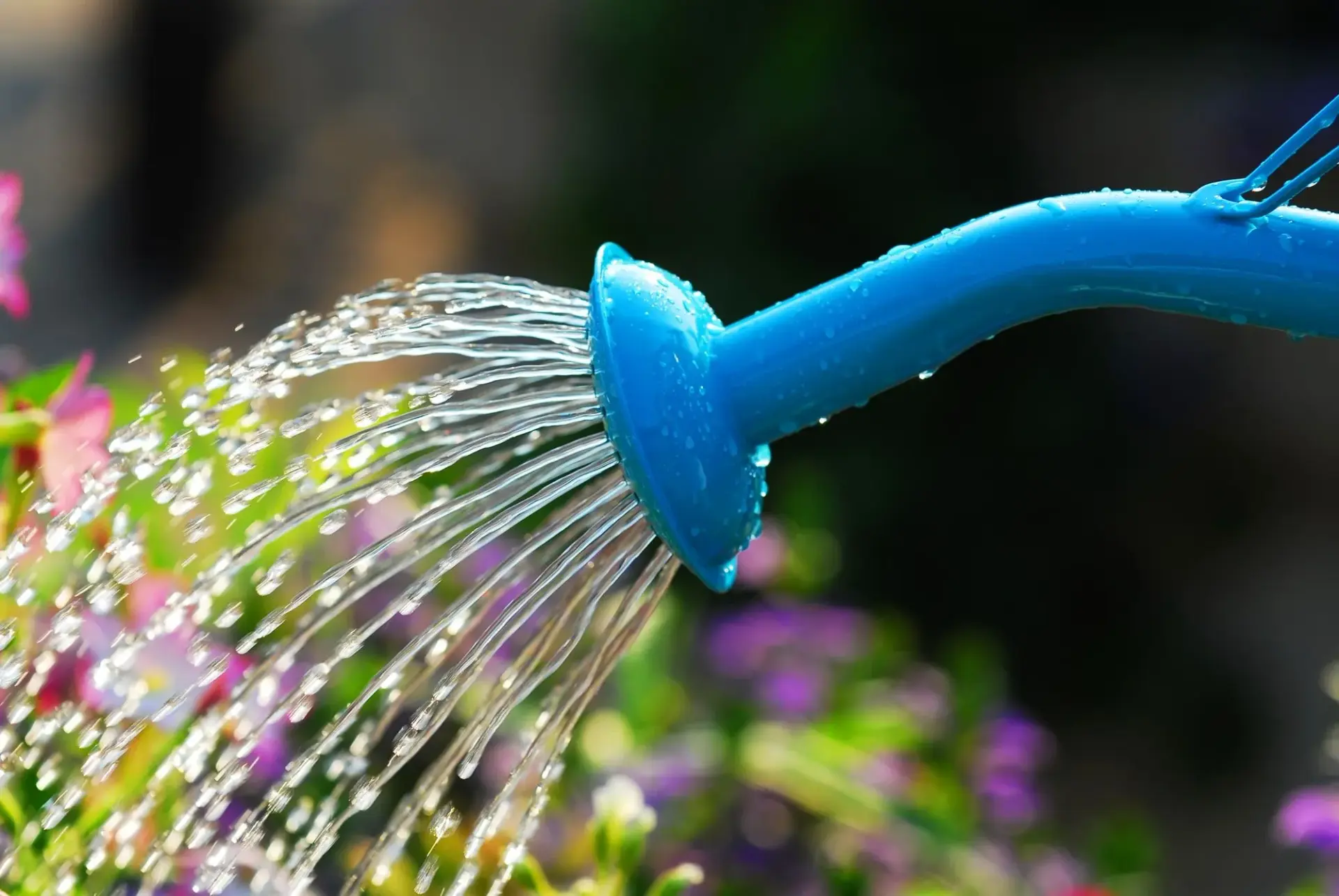
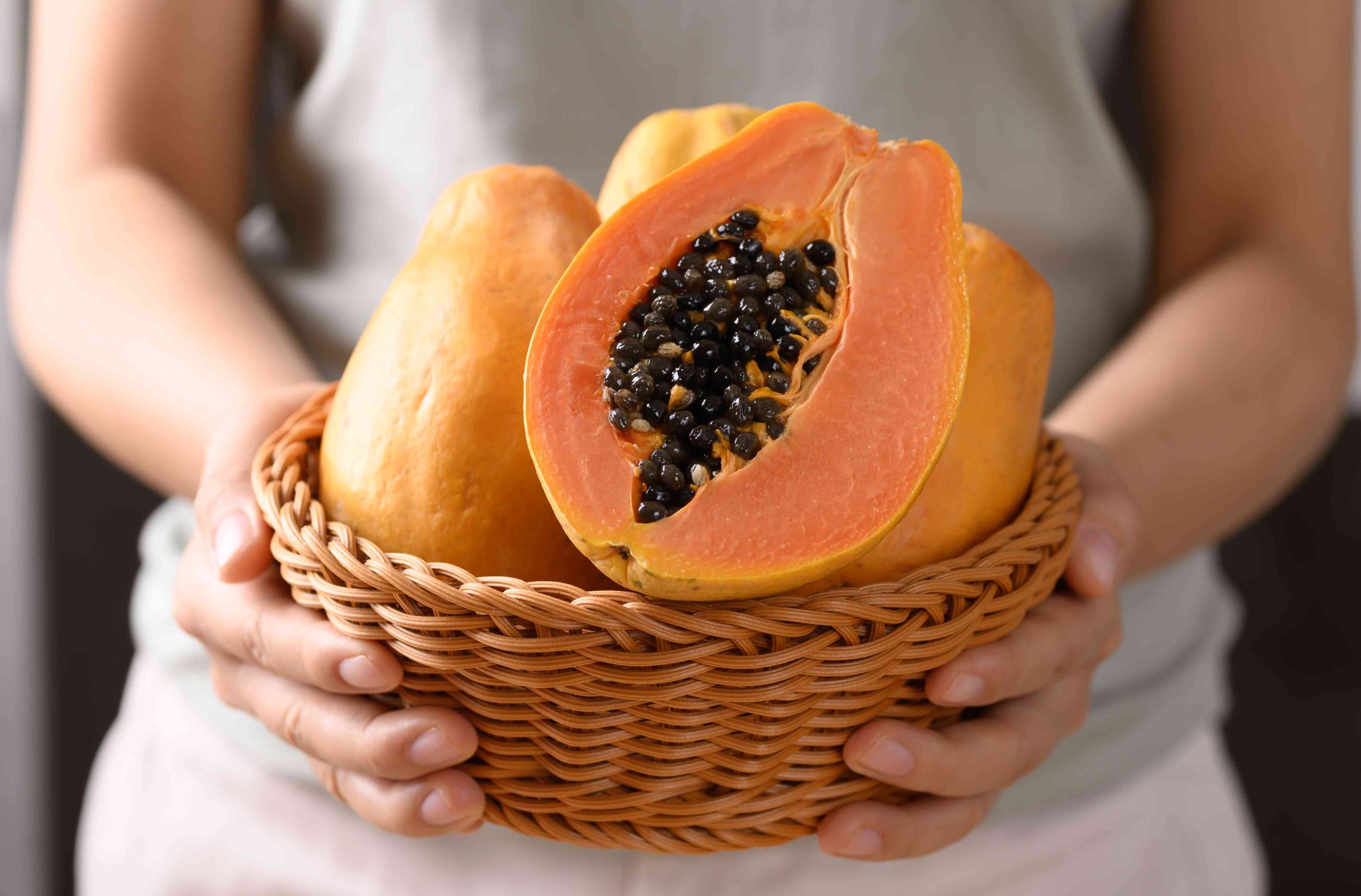
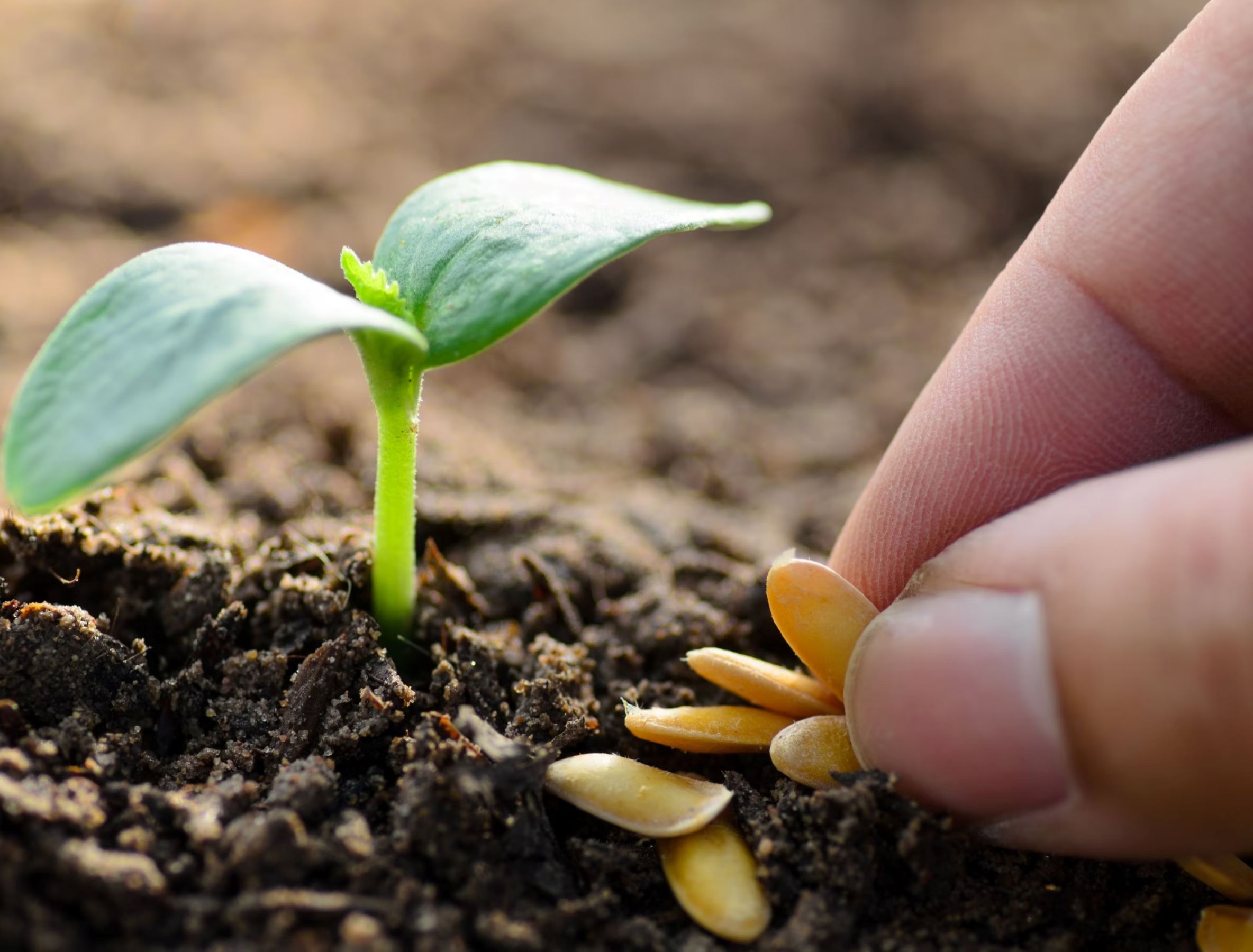
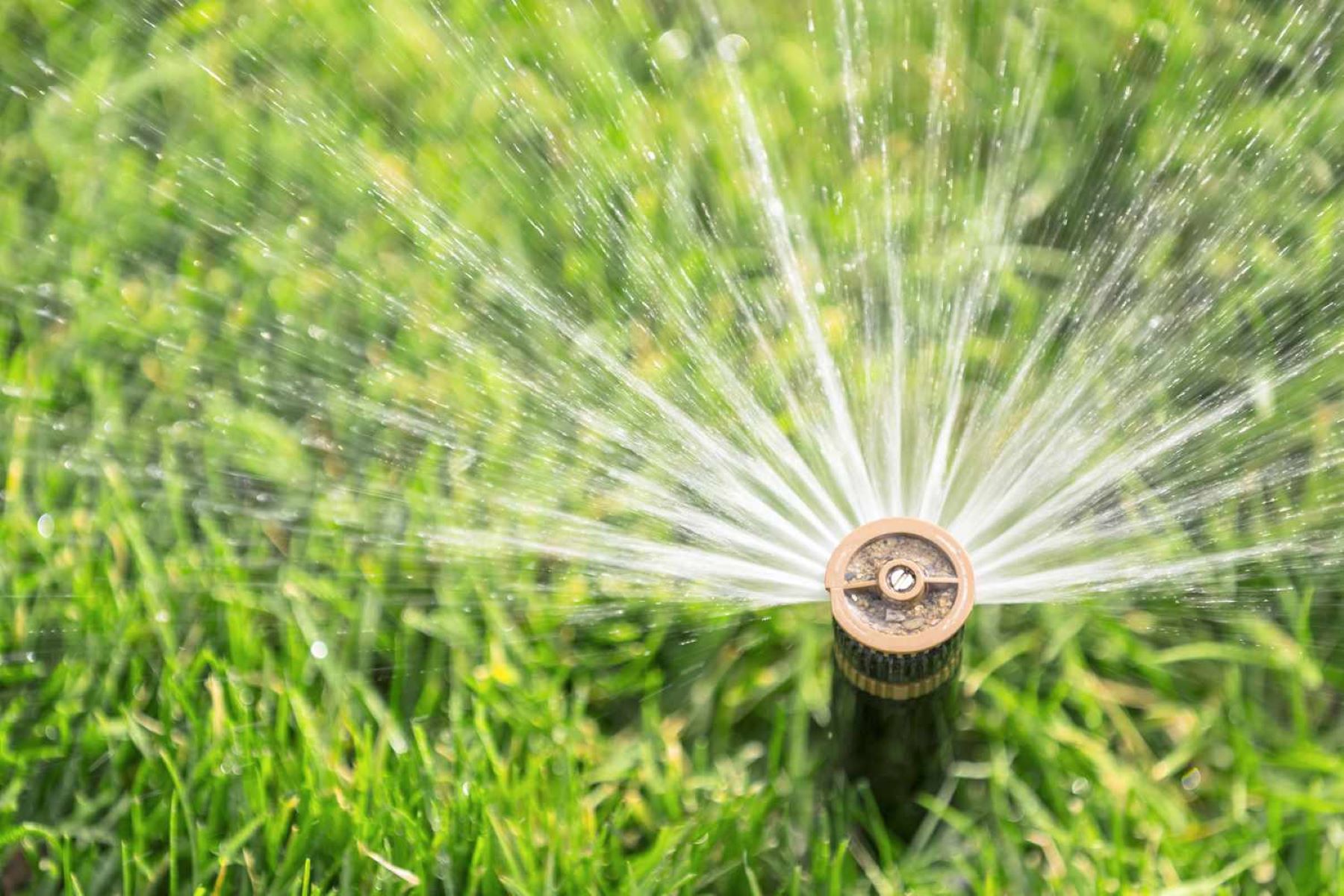
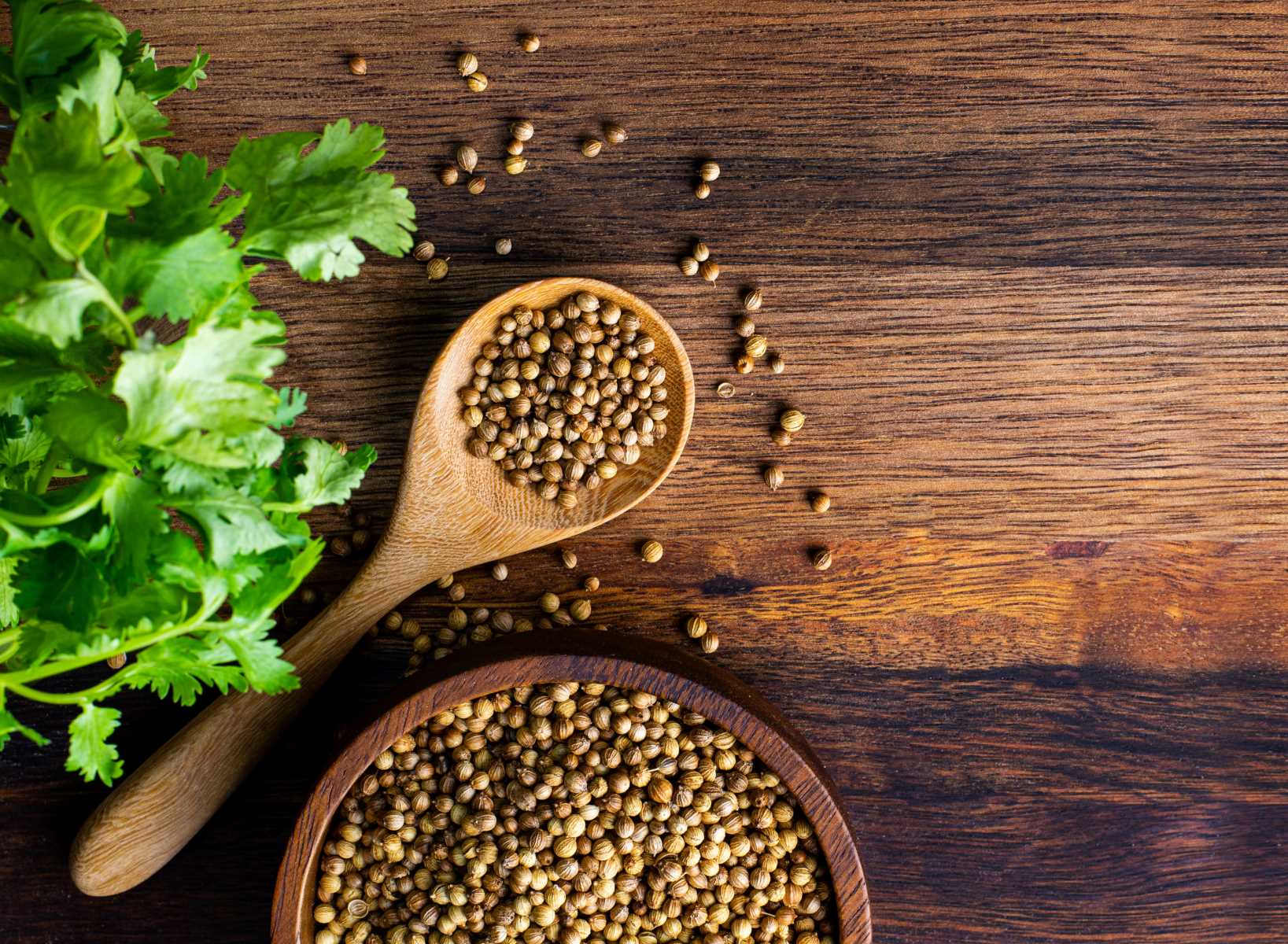
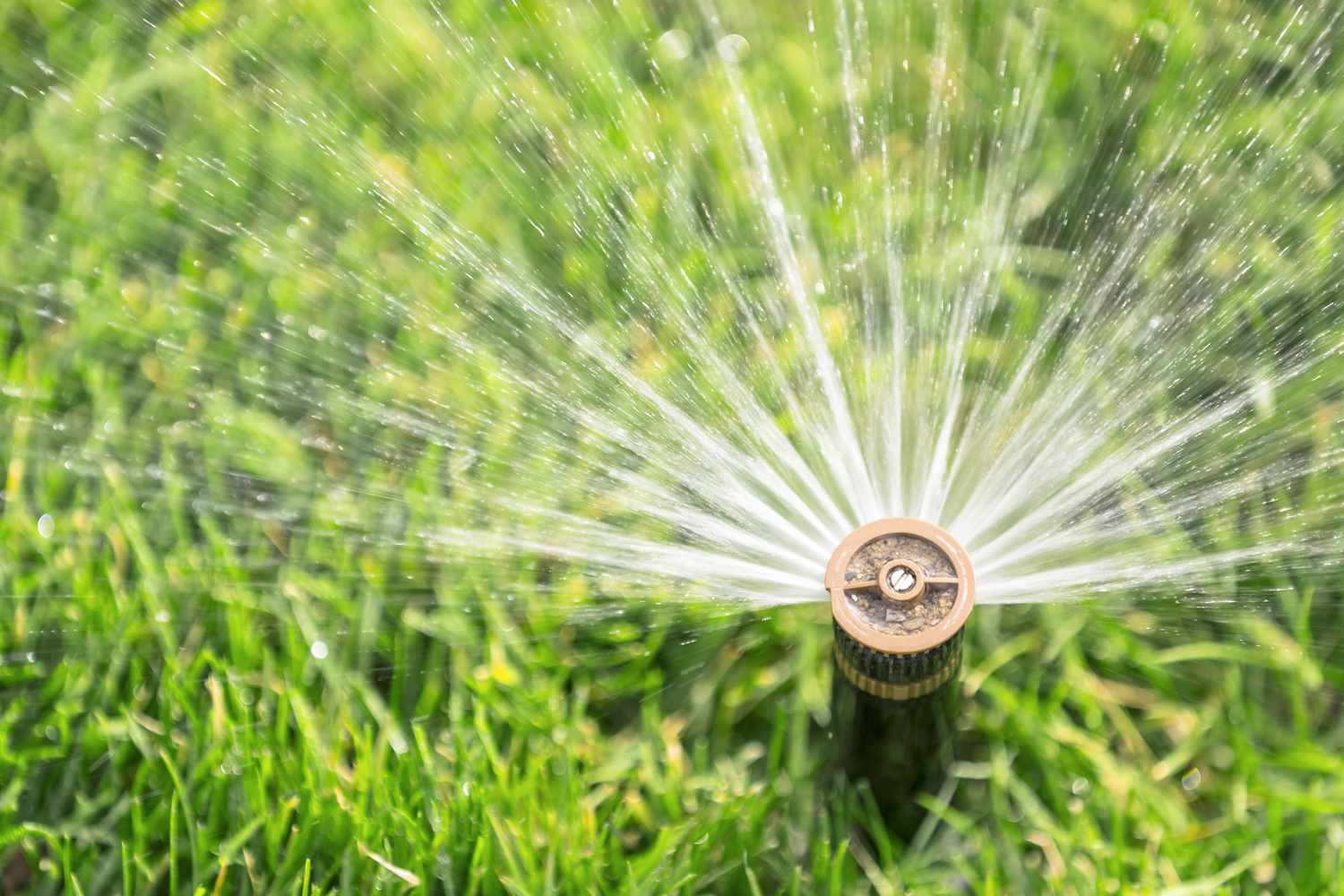
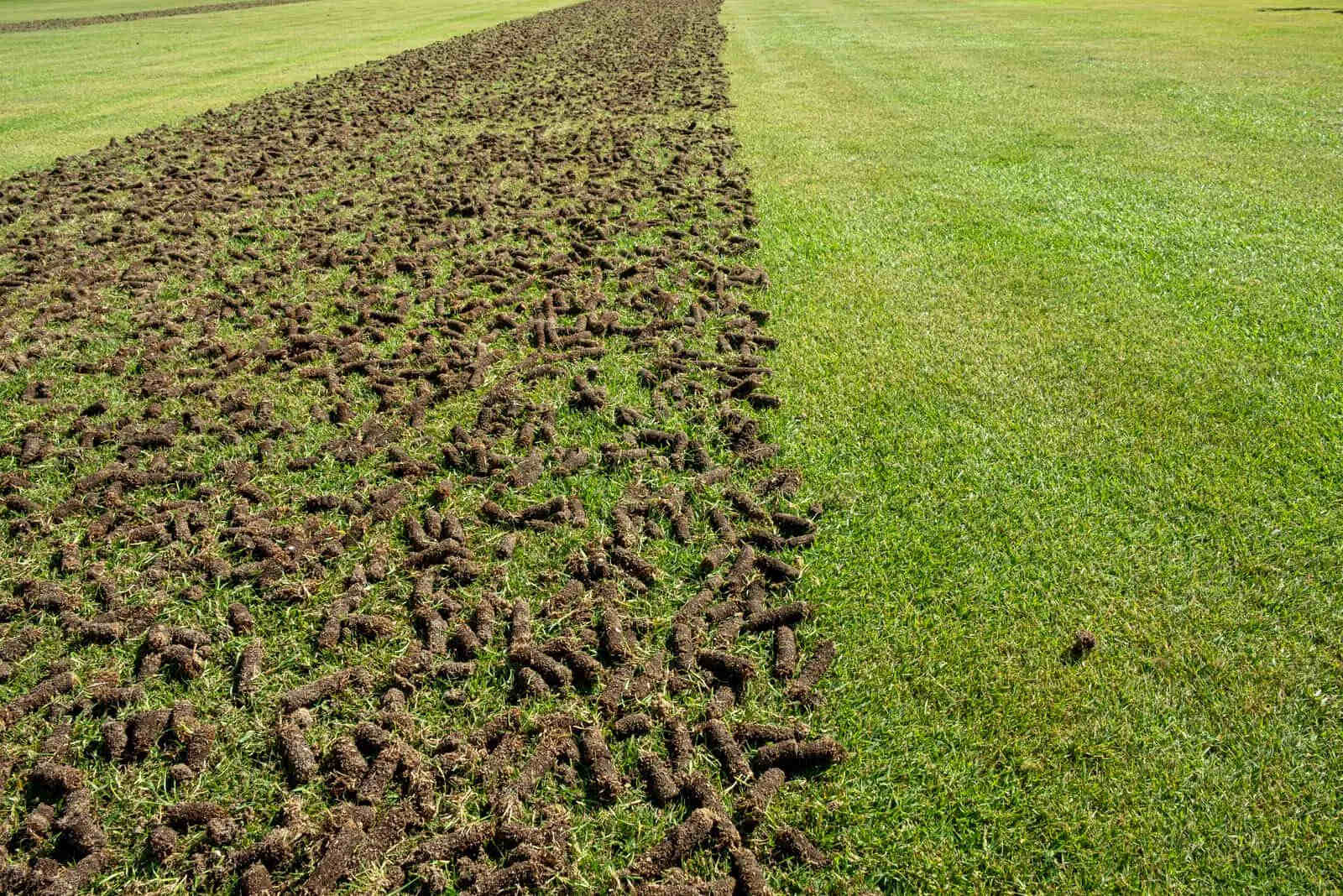
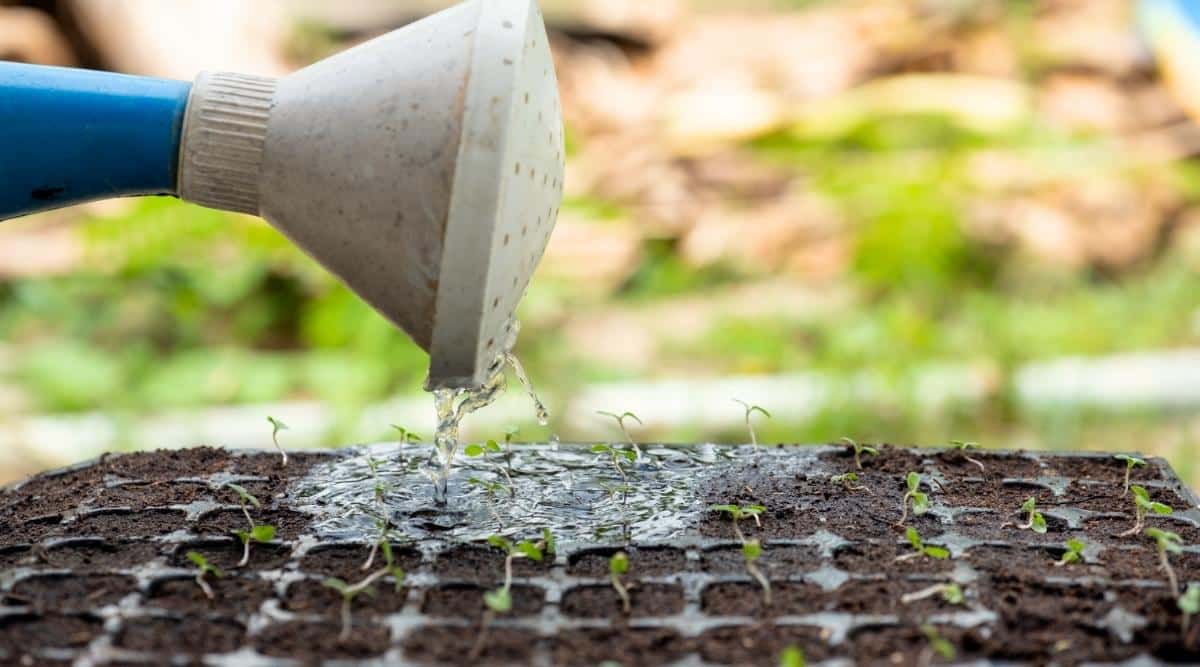

0 thoughts on “How Often Should You Water Seeds After Planting”